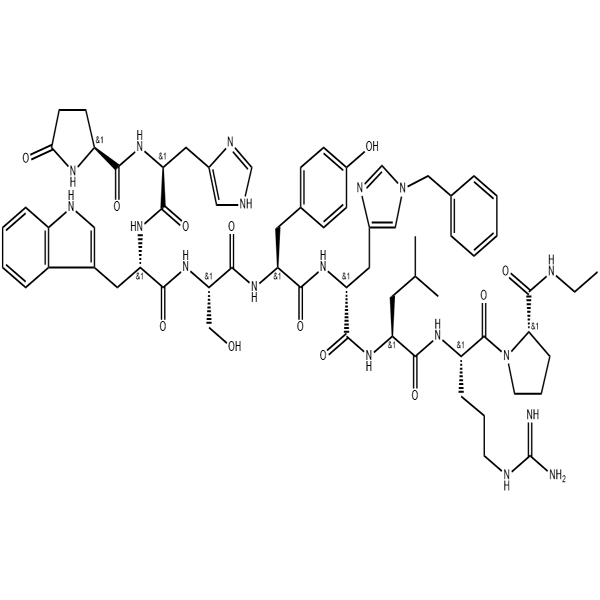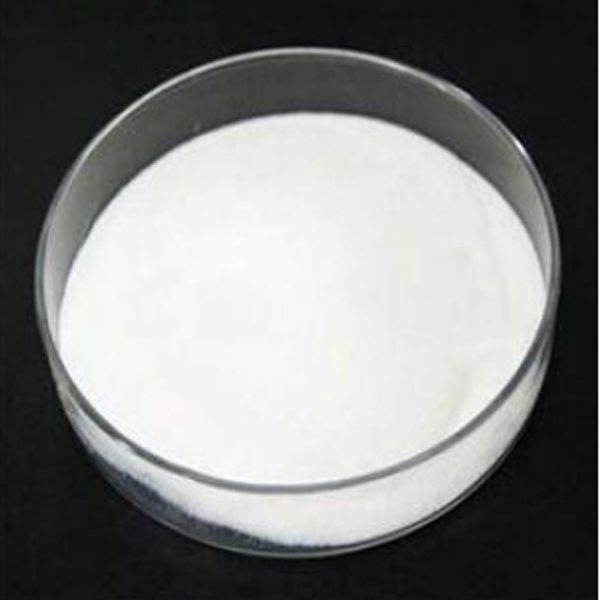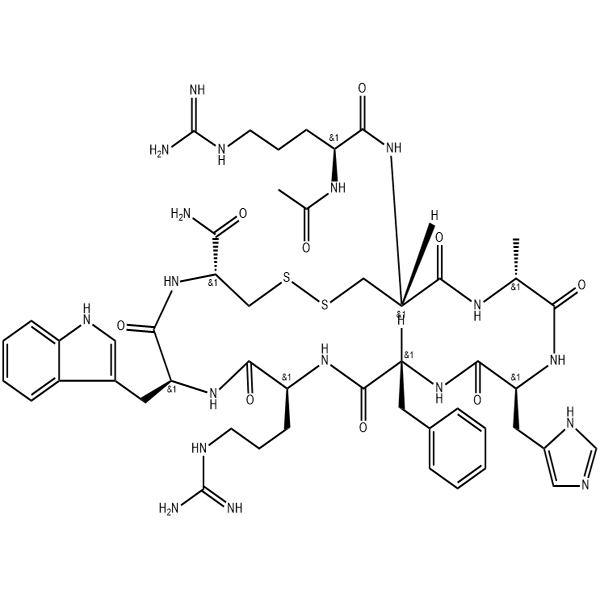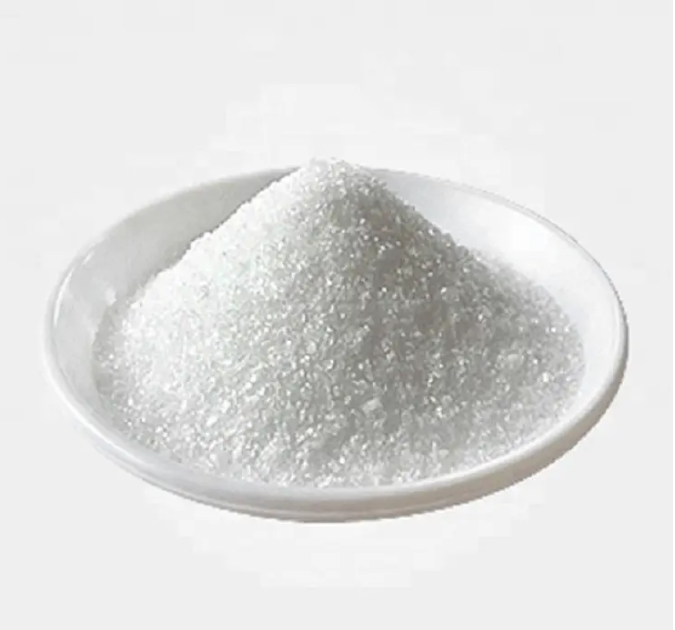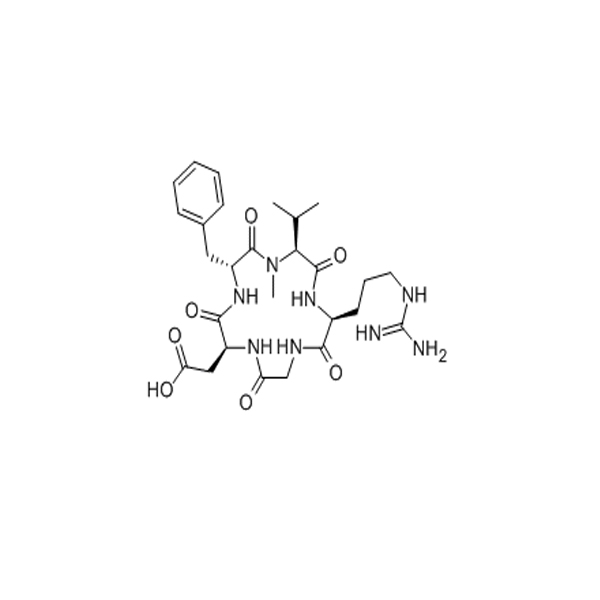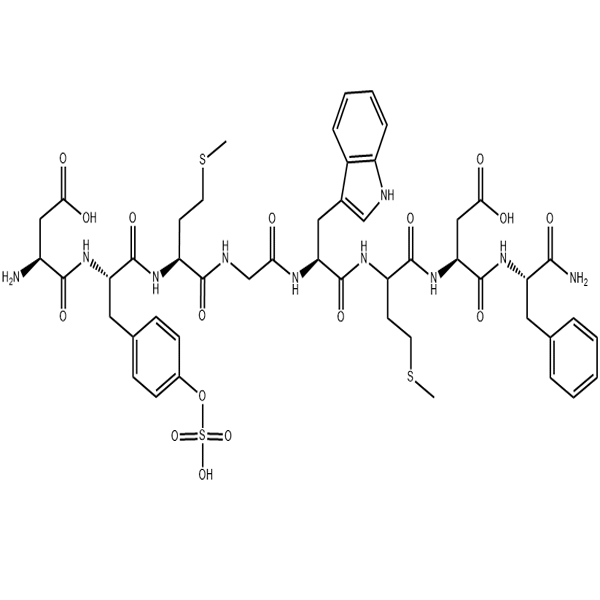Angiotensin I/34273-12-6/Peptide vendor
Description
Angiotensin is a peptide that has strong vasoconstrictive properties and stimulates the secretion of aldosterone from the adrenal cortex, while also participating in the regulation of blood pressure and body fluids. In clinical experiments, drugs that use Angiotensin I as a primary ingredient can stimulate the secretion of adrenaline from the adrenal medulla, but their direct vasoconstrictive effects are not significant; most of their action is expressed as indirect control.
Specifications
Apperance: White to off-white powder
Purity(HPLC): ≥98.0%
Single Impurity: ≤2.0%
Acetate Content(HPLC): 5.0%~12.0%
Water Content (Karl Fischer): ≤10.0%
Peptide Content: ≥80.0%
Packing and Shipping: Low temperature, vacuum packing, accurate to mg as required.
FAQ:
Which modified labeled polypeptides can be synthesized in Chinese peptide?
Our company provides a variety of modified peptide labeling, such as acetylation, biotin labeling, phosphorylation modification, fluorescence modification, can also be customized according to your special needs.
What is the direction of synthesis of peptides?
Peptide synthesis is from the C-terminus to the N-terminus of the polypeptide.
How do you dissolve polypeptides?
The solubility of polypeptide depends mainly on its primary and secondary structure, the nature of modification label, solvent type and final concentration. If the peptide is insoluble in water, ultrasound can help dissolve it. For basic peptide, it is recommended to dissolve with 10% acetic acid; For acidic peptides, dissolution with 10%NH4HCO3 is recommended. Organic solvents can also be added to insoluble polypeptides. The peptide is dissolved in the least amount of organic solvent (e.g., DMSO, DMF, isopropyl alcohol, methanol, etc.). It is highly recommended that the peptide be dissolved in the organic solvent first and then slowly added to water or other buffer until the desired concentration.
What is net weight? What is peptide content?
After lyophilized peptide is generally fluffy and fluff-like, it may still contain trace amounts of water, adsorbed solvents and salts due to the characteristics of peptide itself. This does not mean that the purity of the peptide is not enough, but that the actual content of the peptide is reduced by 10% to 30%. The net weight of the peptide is the actual weight of the peptide minus the water and protonated ions. In order to ensure the concentration of peptide, the non-peptide substances need to be removed from the crude peptide.
How is my peptide transported? What test reports are provided?
All freeze-dried polypeptides are usually stored in special containers of 2 ml or 10ml with original analytical data and synthesis reports containing important information such as sequence, molecular weight, purity, weight, and number of the polypeptide.


